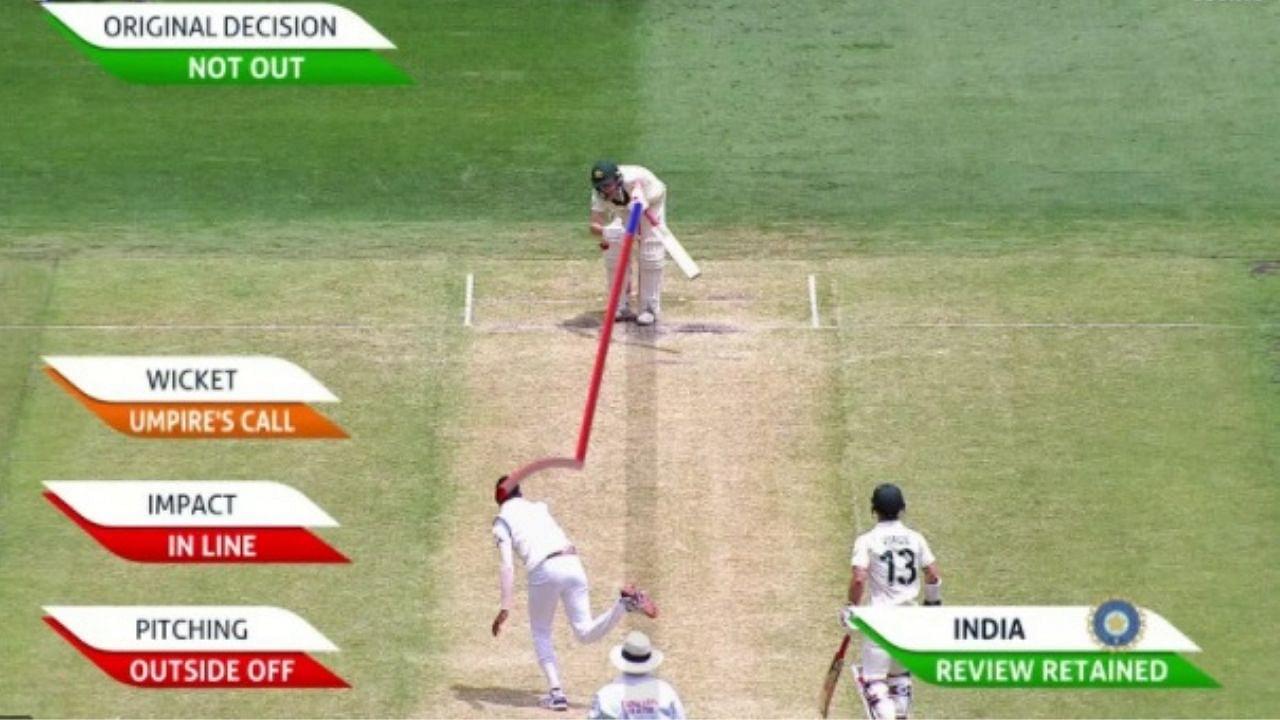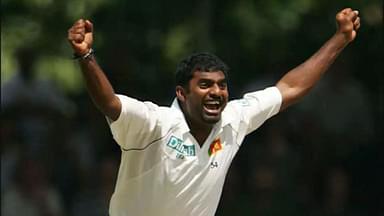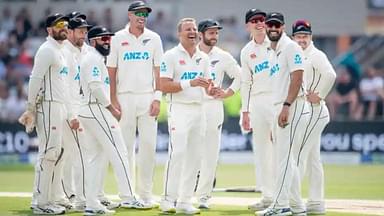Umpire’s Call in cricket: The decision made by an on-field umpire needs conclusive evidence to be overturned by the third umpire.
Advertisement
During the third day of the second Test of the ongoing England’s tour of India in Chennai, England captain Joe Root survived a close call in the last over of the day but the same once again brought back the discussion around “umpire’s call” in cricket.
Playing India all-rounder Axar Patel on the back foot, Root missed a delivery which could have dismissed him in more way than one. With a legion of Indian fielders around the batsman appealing in unison, the hosts were highly likely of referring the decision to the third umpire which India captain Virat Kohli eventually did after a detailed discussion.
Having appealed for caught behind by Rishabh Pant, Ultra Edge clearly ruled out the idea of ball touching Root’s bat before getting caught by Pant.
On its way to Pant’s gloves, the ball had clearly hit Root’s pad which made third umpire Anil Chaudhary to check for a possible lbw dismissal. While the ball was clearly going on to hit the stumps, its impact on Root’s pad was slightly outside the off-stump. As a result, Chaudhary ruled the decision in the batsman’s favour citing “umpire’s call”.
That is the most plumb umpire’s call of all time. Not sure how you don’t hedge your bets on an appeal like that #IndvEng
— Andrew Miller (@miller_cricket) February 15, 2021
What is Umpire’s Call in cricket?
Cricket fans aren’t unmindful of the term “Umpire’s call” for it has worked both for and against their team on multiple occasions in the past. Introduced into the sport in 2016, the term “Umpire’s call” puts more weight behind an on-field umpire’s decision. Thus, increasing the authority of his decision and not making him a mere spectator on the field.
In simple words, a third umpire can only change an on-field umpire’s decision upon having conclusive evidence. In the aforementioned case, the impact of the ball hitting Root’s pad was partially outside the off-stumps. Hence, Chaudhary didn’t rule the batsman out because of some uncertainty.
Had Root been hit on the pad whilst being fully in line with the stumps, Chaudhary would’ve had conclusive evidence of overturning on-field umpire Nitin Menon’s decision or let’s say that the “umpire’s call” wouldn’t have acted like a roadblock for the Indian team.
ALSO READ: How many reviews are allowed in Test cricket?
Since the inception of the rule, it has been severely criticized and debated upon by both former and current cricketers, experts and fans. The sheer irony that a batsman can be both out and not-out on the same delivery (especially during lbw cases) depending on what the on-field umpire thinks is beyond most people’s understanding.
In Root’s case, had Menon given him out (either caught behind or lbw) on the field, his decision would’ve stayed that way. The only difference would’ve been that the English team and fans would’ve been criticizing the “umpire’s call” as compared to the Indian team and fans.
Till the time this law is not amended by the ICC (International Cricket Council), these debates will continue to happen. Having said that, one can’t really fault the third umpire in such cases for it is his/her job to follow the rules.
NOTE: It is worth mentioning that teams don’t lose a review when the decision goes against them citing “Umpire’s call”.







